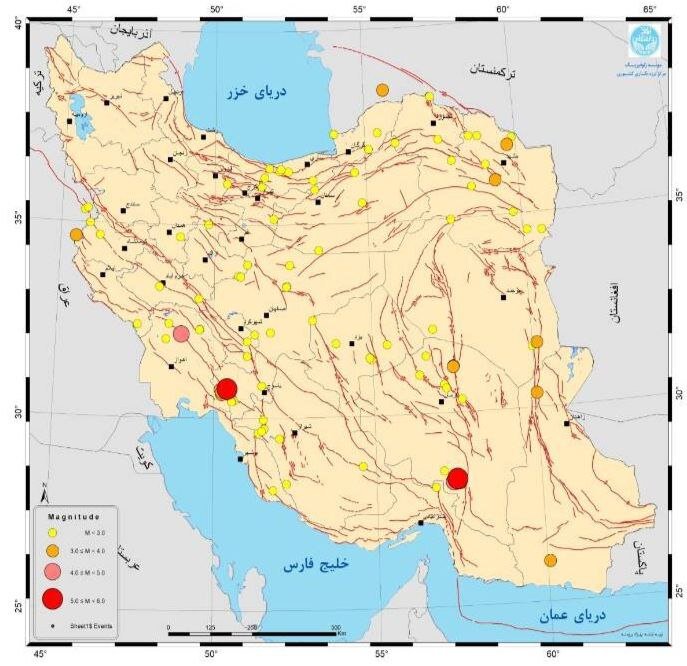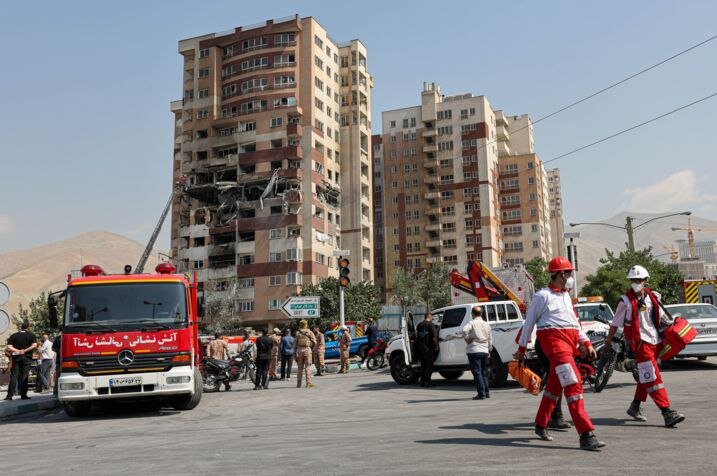
Similar Posts
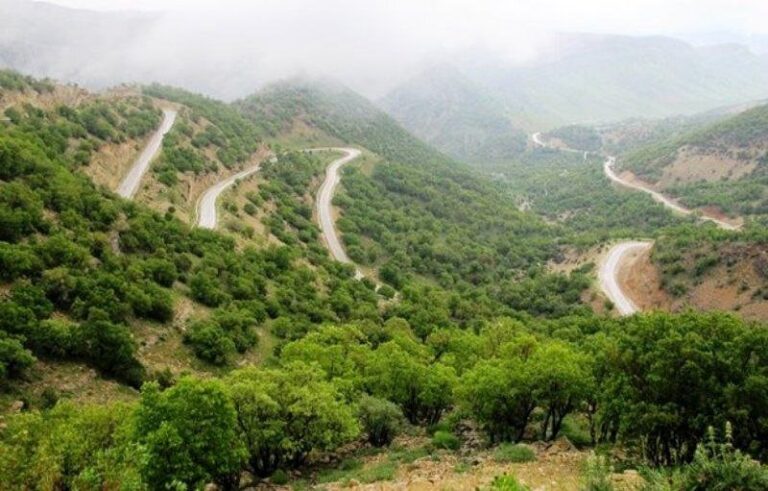
Global Experts Gather for International Conference on the Vital Zagros Forest
The Natural Resources and Watershed Management Organization in Iran is organizing an international conference on the Zagros forest for the upcoming calendar year, starting March 21. This event aims to promote natural resources diplomacy, inviting countries with similar climates. In light of climate change, officials noted Iran’s temperature rise exceeds the global average, affecting natural resources. The National Week of Natural Resources begins on March 5, coinciding with National Tree Planting Day. Significant progress has been made in stabilizing sand and dust storm hotspots, especially in Khuzestan province. Collaborative efforts and tailored strategies are essential for sustainable resource management.
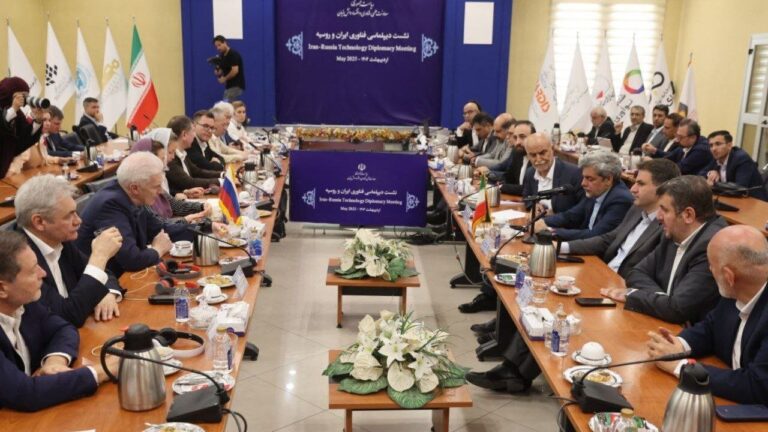
Boosting Innovation: Russia’s Presidential Aide Urges Stronger Tech Collaboration with Iran
Iran and Russia are intensifying their collaboration in emerging technologies, as emphasized by Russian Presidential Aide Andrei Fursenko during a meeting at INOTEX 2025 in Tehran. Fursenko urged a focus on developmental technologies, highlighting the risks but necessity of innovation. Iranian officials, including Mehdi Safarinia, reiterated their commitment to strengthening ties with Russia, including agreements with major Russian universities. A memorandum of understanding was signed to establish joint tech zones in areas like nanotechnology and artificial intelligence. INOTEX 2025 showcased cutting-edge technologies and aimed to connect investors with startups, reinforcing Iran’s growing technological standing.
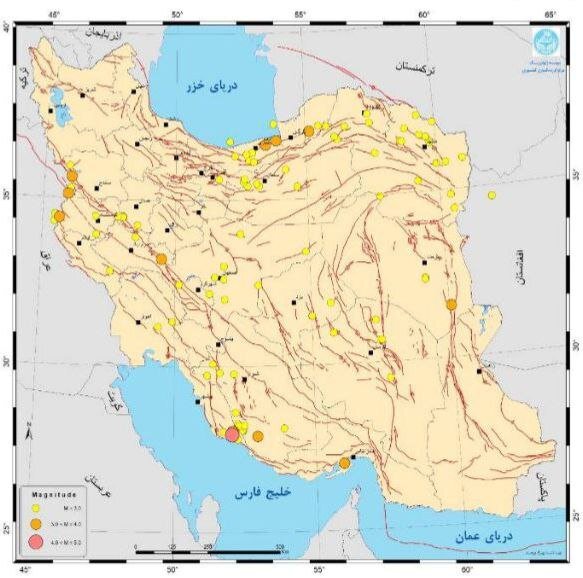
Over 100 Earthquakes Rattle Iran in Just One Week: What You Need to Know
In the fourth week of Bahman (February 8-14), Iran recorded 105 earthquakes, reflecting its ongoing seismic challenges, with 92 quakes below magnitude 3, 12 between 3 and 4, and 1 reaching 4. The notable quake occurred on February 10 in Kangavar. Khorasan Razavi reported the most activity at 17 quakes, while several provinces experienced none. Over the past year, Iran documented 6,949 earthquakes, predominantly in Khorasan Razavi and Kerman. Iran, accounting for 2% of global earthquakes, has seen over 6% of related fatalities, highlighting its vulnerability, especially in Tehran, a disaster-prone city with outdated infrastructure.
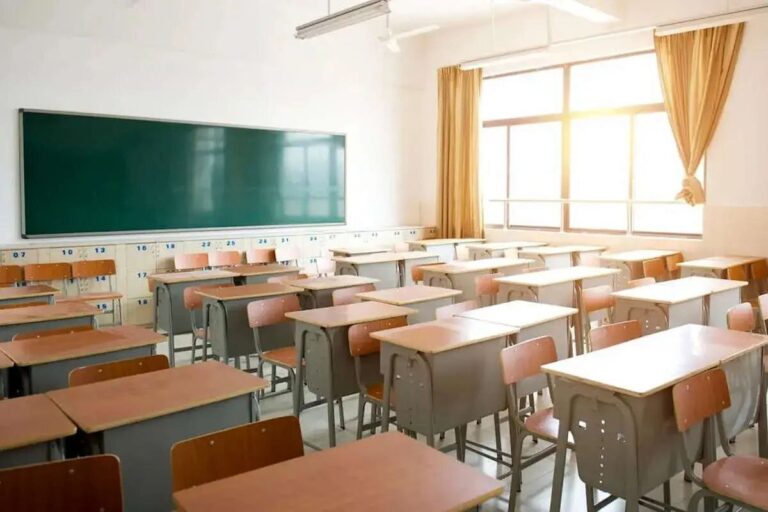
Generous Benefactors Fund Construction of Over 50% of New Schools!
In Iran, 51% of schools are built with the support of benefactors, reflecting a strong community commitment to improving education. Government spokesperson Fatemeh Mohajerani noted that this involvement has increased, with benefactors contributing around 200 trillion rials (approximately $250 million) for school construction this year. Projects include 1,856 semi-finished schools and plans for 3,206 new ones. Notably, over 6,000 Iranian women abroad are also participating in these initiatives. President Masoud Pezeshkian emphasized the importance of educational equity and vocational training, aiming to transform public schools into models of excellence and ensure every student receives quality education.
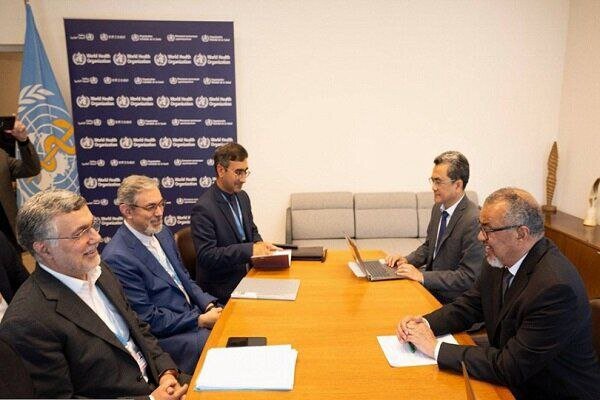
WHO Joins Forces with Iran to Enhance Healthcare Access for Refugees
During the 78th World Health Assembly (WHA), WHO Director-General Tedros Adhanom Ghebreyesus recognized the strain Afghan refugees place on Iran’s healthcare system. He affirmed WHO’s support for Iran’s health initiatives, which serve as a model for the region. Iran’s Health Minister Mohammad-Reza Zafarqandi highlighted the presence of over 4.5 million refugees and the need for enhanced cooperation with the WHO. The WHA focuses on global health challenges, with 56 topics for discussion, including health policies and international cooperation. Zafarqandi plans to engage with health ministers from various countries to foster collaboration and improve health services, especially for refugees.
